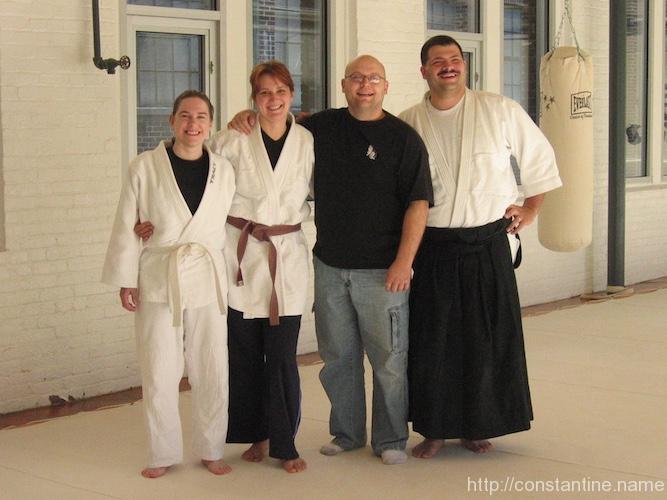A period of time set aside to practice mindfulness like this is called meditation. It is the work that gives you access to the Other Incredible Deal and its benefits. The minimum effective dose is perhaps ten minutes daily. More time is better, but the good deal starts about there.
~ David Cain, from The Ancient Art of Turning Walls into Doorsdoors/
slip:4urate20.
I spent many years studying Aikido. If I had to pick one thing which most helped me—one thing which led to the biggest changes in my life—it would be meditation. Nearly every day we sat on the floor and practice a very specific breathing method; it was literally mindfulness training. To this day, I do the same seated, mindfulness practice. (Only sometimes do I do the specific breathing, as the breathing and the mindfulness are easily separated after enough practice.)
There are many other gifts (not sarcasm) which I received, but there’s no way I can ever fully repay the debt I owe for the gift of becoming at least a bit more mindful, and learning how to intentionally work on it. Forever.
I do not recommend studying a martial art (for decades) but don’t do that just to get the mindfulness gift.
I do wholeheartedly recommend seeking the mindfulness gift through meditation of some sort.
ɕ

